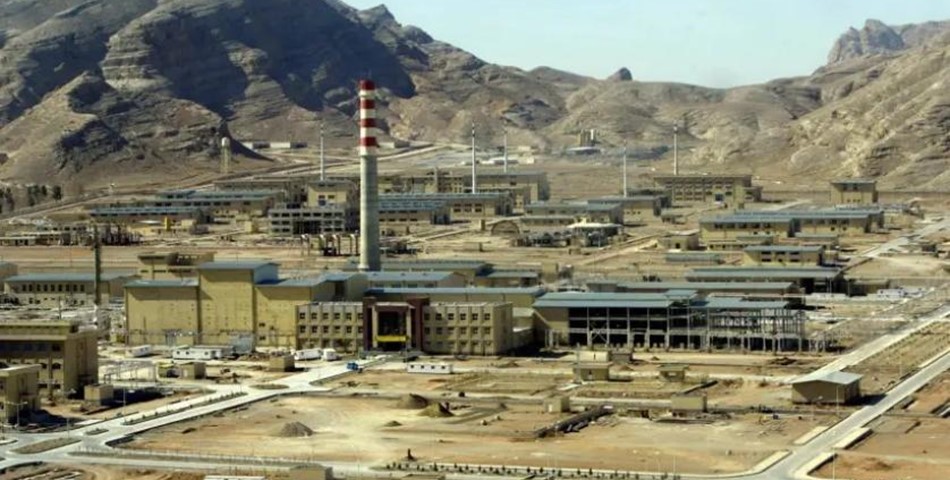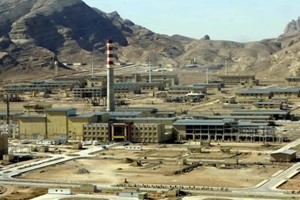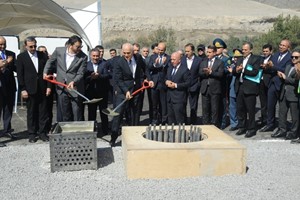The head of the Atomic Energy Organisation of Iran (AEOI), Mohammad Eslami, has said that construction of a new research reactor in the central city of Isfahan will begin in the coming weeks. One of its tasks will be to test nuclear fuel for other reactors. nuclear fuel test for other reactors. He made the announcement during a visit to the Uranium Conversion Facility (UCF) at the Isfahan site.
Eslami said the reactor will be designed and constructed entirely by Iran and it and will complete Iran’s chain of research, assessment, test and certification for production of nuclear power. He added that, for the first time ever, AEOI has drawn up a 20-year strategic plan and that the document has been submitted to the International Atomic Energy Agency (IAEA). This, he said, is extremely significant in that IAEA has now been officially notified of the long-term planning for Iran’s nuclear programme.
Eslami said Iran’s planning focuses on generation of 10,000MW of nuclear power adding that site surveys are underway for nuclear power projects, especially in the south of the country. He stressed that AEOI welcomes international and domestic participation in these nuclear power projects. However, he noted that Iran has adequate scientific, technological and industrial potential to advance the projects and will not hesitate to implement them if foreign parties fail to come forward.
Another part of the 20-year plan is to industrialise the nuclear fuel cycle, he said, adding that Iran has already mastered at the research level. This will enable Iran to produce part of the fuel needed for its future power plants at the Isfahan site.
Currently, the only operating NPP in Iran is the VVER-1000 at unit 1 of the Bushehr NPP, built with Russian assistance. Rosatom is currently building the second stage (units 2&3) with a total capacity of 2,100MWe. Iran also has a small, ageing research reactor - the 5MWt Tehran Research Reactor (TRR) supplied by the US in 1967. However, Iran has long had plans to build a nw research reactor and to design its own NPP.
In 2009 the TRR was expected to run out of fuel within a few years and after finding it impossible to import the required fuel because of sanctions, Iran started enriching uranium to up to 20% in order to manufacture fuel for the facility, loading the first batch of indigenously-produced fuel rods in 2012.
Meanwhile, in the 1980s Iran began construction of a 40 MWt indigenously designed natural uranium heavy water research reactor at Arak. The IR-40 reactor design was 90% complete in 2002 and construction began a few years later. According to IAEA it was 63% complete in 2009 and the reactor vessel was installed in 2013. TRR then began testing prototype natural uranium fuel assemblies for the Arak reactor.












